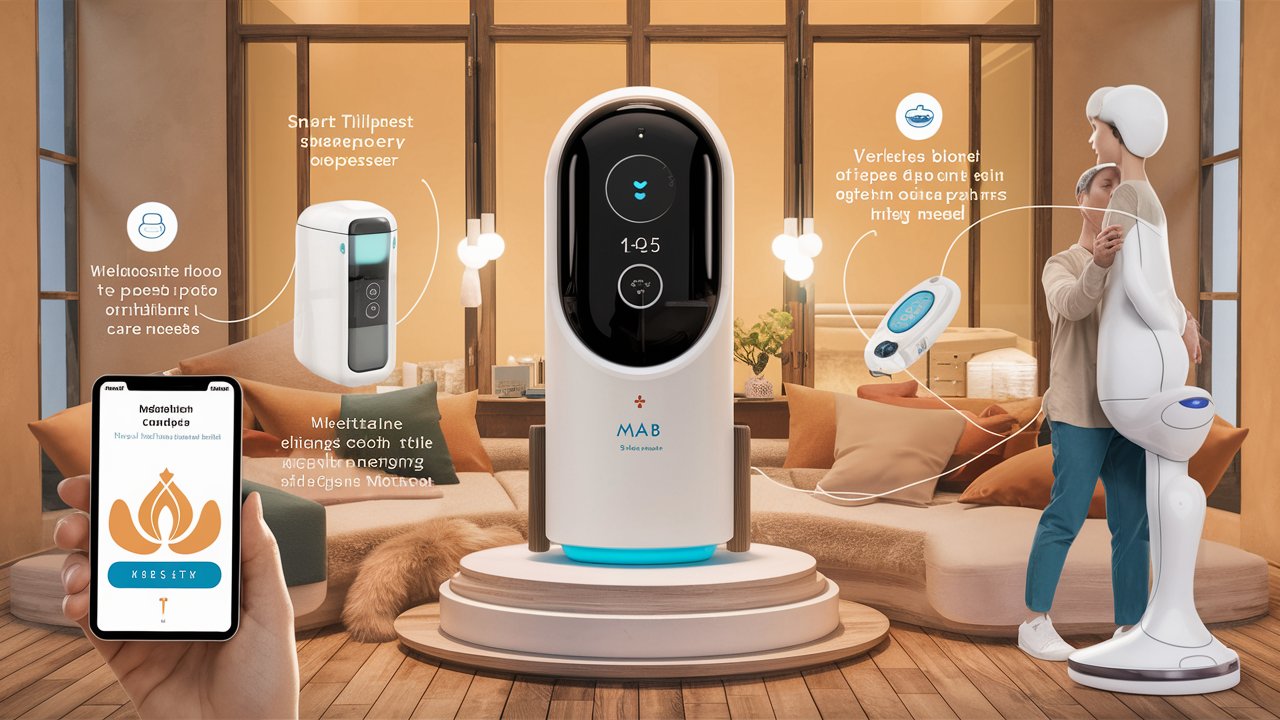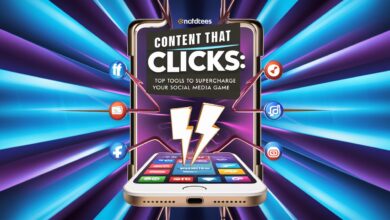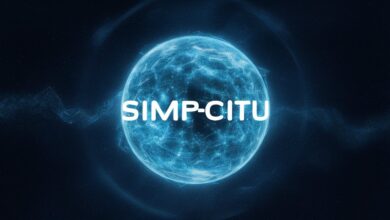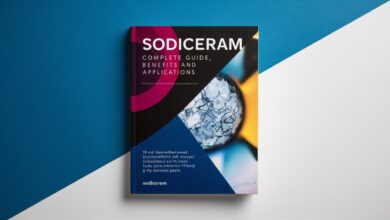MABS BrightStar: Empowering Home Health Through Smart Technology

In the fast-evolving world of home healthcare and medical staffing, the platform known as MABS BrightStar stands out as a pivotal tool for agencies, caregivers, and administrators alike. Developed for and by the franchise network of BrightStar Care, this solution enables efficient scheduling, streamlined mobile access, secure patient data handling, and seamless coordination among team members. In this article, we explore what MABS BrightStar is, how it delivers value in the home-care environment, how to log in and use the system, and why your agency should consider leveraging it to gain a competitive edge.
What is MABS BrightStar? A Comprehensive Look
Defining the Platform
MABS BrightStar is a web-based and mobile software system tailored for the home healthcare industry. Specifically built to serve BrightStar Care franchise locations, it enables caregivers, branch managers and staffing coordinators to manage care assignments, track time, record patient notes, handle billing workflows, and communicate securely.
Key Capabilities
-
Scheduling & Assignment Management: Agencies can assign caregivers to clients, manage shifts, monitor availability and coverage—all through the MABS platform.
-
Mobile Access for Caregivers: Care staff can log into the system from mobile devices, view their upcoming assignments, navigate to client locations, clock in/clock out, and update care notes.
-
Patient and Client Data Handling: From care plans to documentation, the system centralizes critical client information, ensuring that every caregiver arrives informed.
-
Integration & Branding: Because it is built for BrightStar Care, the platform aligns seamlessly with the franchise’s workflows, branding and compliance requirements.
-
Security & Compliance: Given the sensitive nature of medical and home-care data, MABS BrightStar incorporates secure login, role-based access, and audit trails to meet regulatory standards.
Why Agencies Choose It
For a home-care or medical staffing agency, particularly one operating under or in partnership with BrightStar Care, MABS BrightStar offers a unified system that reduces the overhead of multiple disconnected apps or spreadsheets. It supports real-time visibility, ensures caregivers have the right client information, and helps administrators focus on care quality rather than paperwork.
How to Use MABS BrightStar: Mobile App & Login Explained
Accessing the Platform
To use MABS BrightStar, users must have official credentials provided by their BrightStar Care branch. On visiting the login portal (for example via or the BrightStar Care sign-in page, the user enters their user name and password to gain access.
Mobile App Features
Once logged in through the mobile interface, caregivers can:
-
Review their schedule for the upcoming shifts
-
Access client contact information and care plan details
-
Use GPS and check-in/checkout functionality to log actual time on site
-
Submit electronic care notes, incident reports or updates
-
Communicate with supervisors or the branch office if changes are needed
Best Practices for Login and Usage
-
Ensure you have the correct user credentials issued by your agency.
-
Use a secure WiFi or mobile connection, especially when handling client information on your device.
-
Update the mobile application regularly to benefit from new features or security updates.
-
Log out when not using the device—especially if shared—to protect patient privacy.
-
Check shift details ahead of time so you know where you’re going and what the assignment requires.
By adhering to these practices, caregivers and administrative staff can fully leverage the MABS BrightStar platform for maximum efficiency and quality service delivery.

Why MABS BrightStar Matters for Home Care Agencies
Enhancing Operational Efficiency
Running a home-care agency demands juggling many variables: caregiver availability, client needs, compliance documentation, incident tracking, billing, and client satisfaction. MABS BrightStar simplifies these through workflow automation and centralization. With fewer manual spreadsheets and fewer last-minute surprises, agencies can deliver care reliably and scale smoothly.
Reducing Risk & Ensuring Compliance
Home care is tightly regulated—adequate documentation, timely check-ins, shift verification and client privacy all matter profoundly. With audit trails, timestamped check-ins, and a unified system, MABS BrightStar helps reduce the risk of missing documentation or non-compliant practices.
Improving Caregiver Experience and Retention
When caregivers have a good experience—one where they see their assignments clearly, can access client details easily, log hours without fuss, and communicate smoothly with management—they are more likely to stay. MABS BrightStar supports this by giving caregivers the tools they need to focus on care delivery, rather than admin frustration.
Enhancing Client Satisfaction
For clients receiving home care, what matters is consistency, clarity, and professional service. When the agency uses a system like MABS BrightStar to ensure the right caregiver arrives, the schedule is clear and the care plan is adhered to, clients feel cared for, supported and valued. That leads to improved satisfaction, referrals and reputation.
Challenges & Considerations When Implementing MABS BrightStar
Training and Onboarding
Even the most sophisticated system is only as effective as its users. Agencies should allocate time and resources to train both caregivers and managerial staff in using MABS BrightStar—covering login procedures, mobile app usage, shift management, documentation workflows and data security.
Device and Connectivity Issues
Since many caregivers will use mobile devices remotely, agencies must ensure that those devices are compatible, updated, and have reliable connectivity. Offline functionality (if any) should be explored, and contingency plans established if connectivity is lost.
Integration with Other Systems
Some agencies may already have legacy systems for payroll, billing or client intake. It’s important to ensure that MABS BrightStar communicates well with (or replaces) those systems, so duplicates and silos don’t emerge.
Continual Updates & Feature Adoption
Software platforms evolve. Agencies should keep an eye on updates in MABS BrightStar, communicate new features to staff, and adapt workflows gradually rather than let old habits persist.
Conclusion
For agencies operating within the BrightStar Care franchise system—or those seeking a proven platform for home health and medical staffing coordination—MABS BrightStar offers a compelling, feature-rich solution. From seamless mobile logins and real-time scheduling to robust documentation, compliance support and enhanced caregiver/client experience, it empowers agencies to focus on what matters most: delivering exceptional care. By investing in strong onboarding and maintaining best practices around device management and connectivity, agencies can fully realize the value of MABS BrightStar and set themselves apart in a competitive market.
Frequently Asked Questions (FAQ)
Q 1: Who can access MABS BrightStar?
A: Access is typically granted to caregivers, branch managers and administrators affiliated with a BrightStar Care franchise. Credentials are issued by the local branch.
Q 2: Can I use MABS BrightStar on any mobile device?
A: The platform supports mobile devices as part of its feature set. However, compatibility may vary—check that your device meets system requirements and is approved by your agency.
Q 3: Does MABS BrightStar handle billing and payroll?
A: While the platform’s core focus is scheduling, shift management and documentation, many agencies integrate or link it with billing and payroll systems to streamline end-to-end workflows.
Q 4: How does the platform protect client data?
A: MABS BrightStar implements secure login protocols, role-based access control and audit trails to ensure sensitive client data is accessed only by authorized users and operations are logged.
Q 5: What should an agency do before rolling out MABS BrightStar?
A: Before rollout: establish governance around usage; schedule training sessions for all user roles; ensure devices are compatible and updated; check connectivity for mobile users; and map out how legacy systems will integrate or be replaced.



